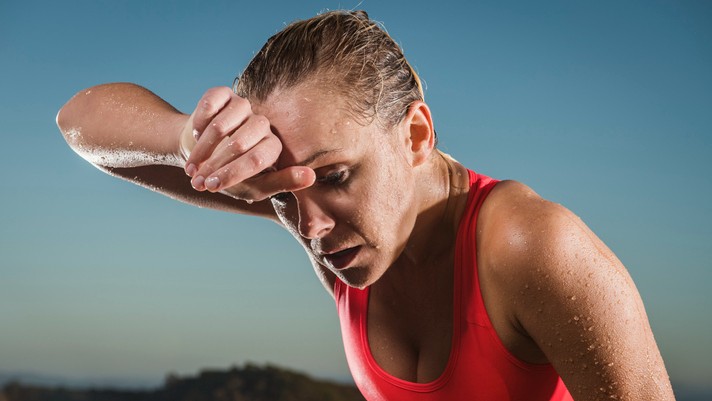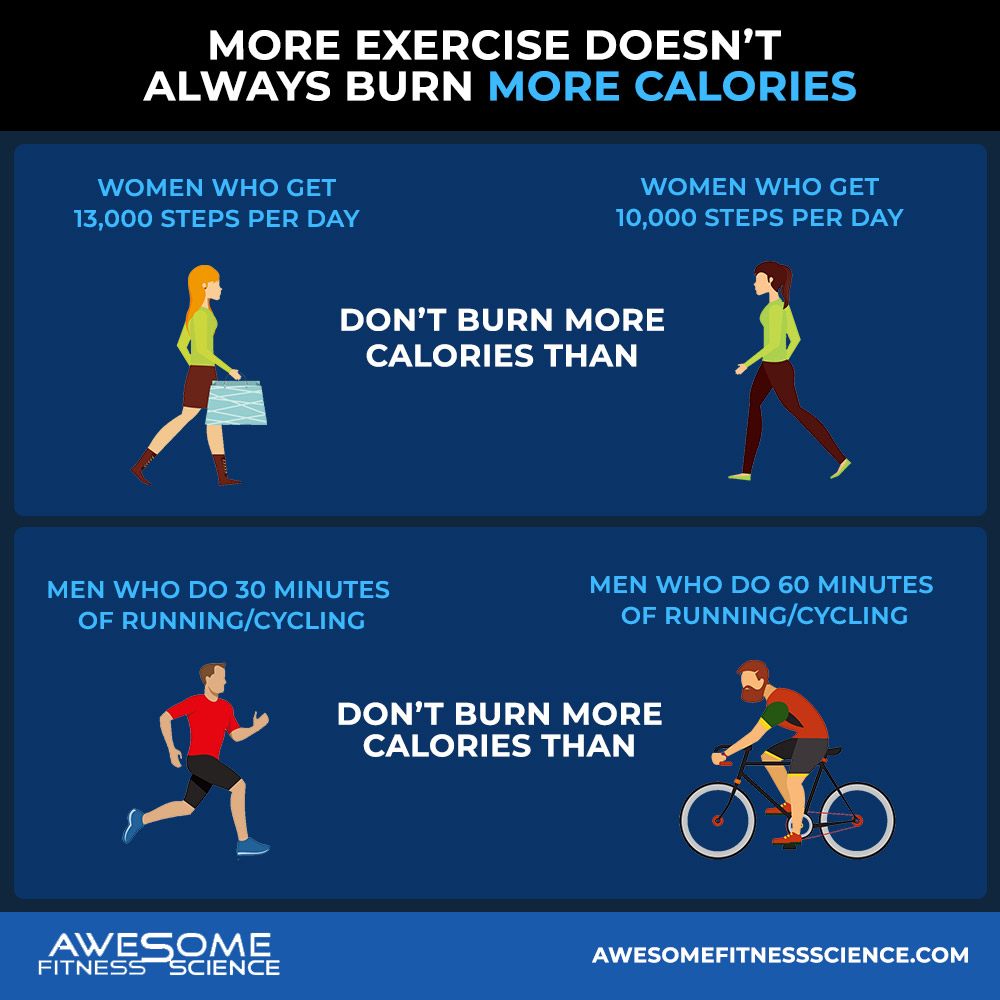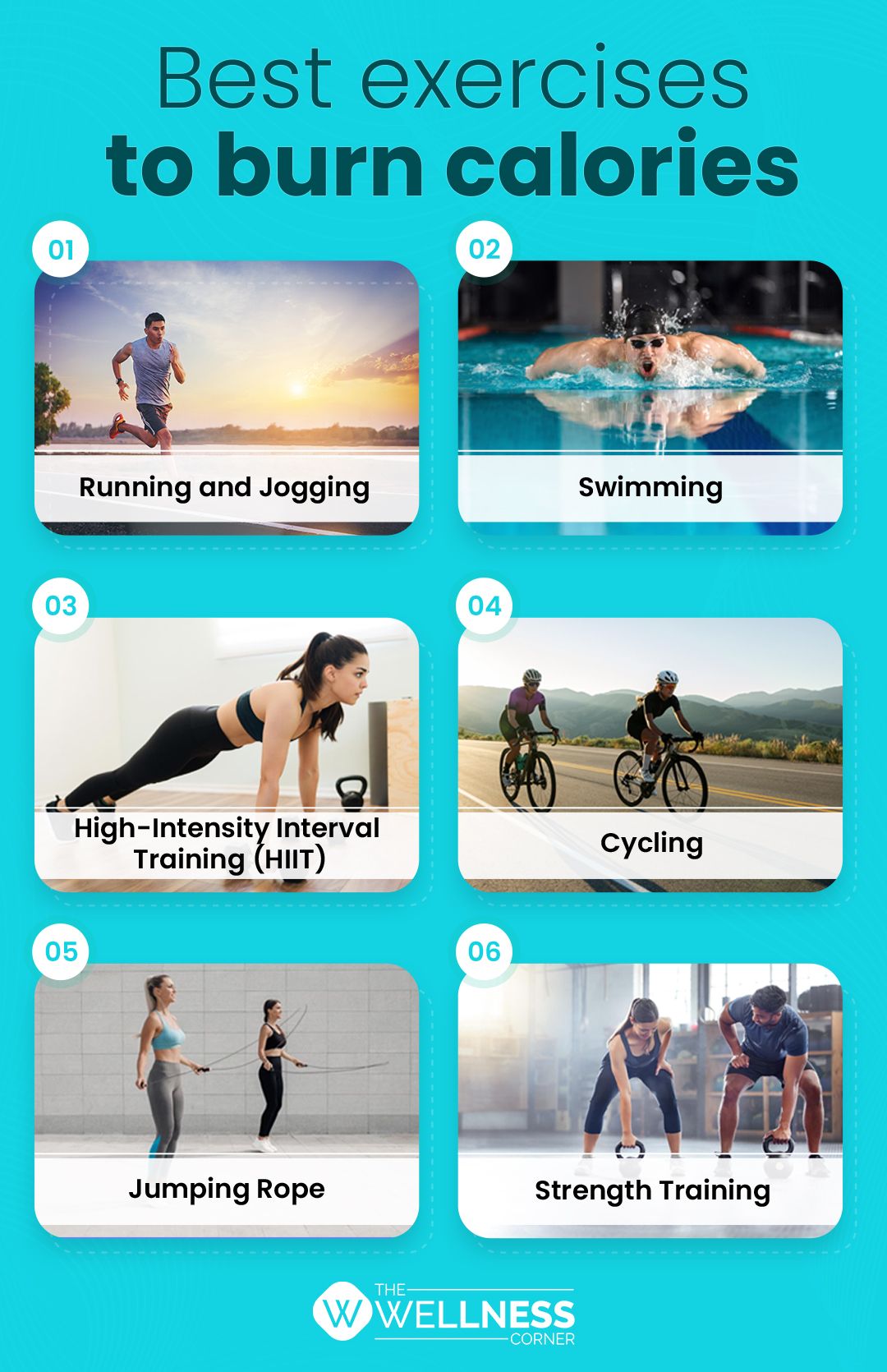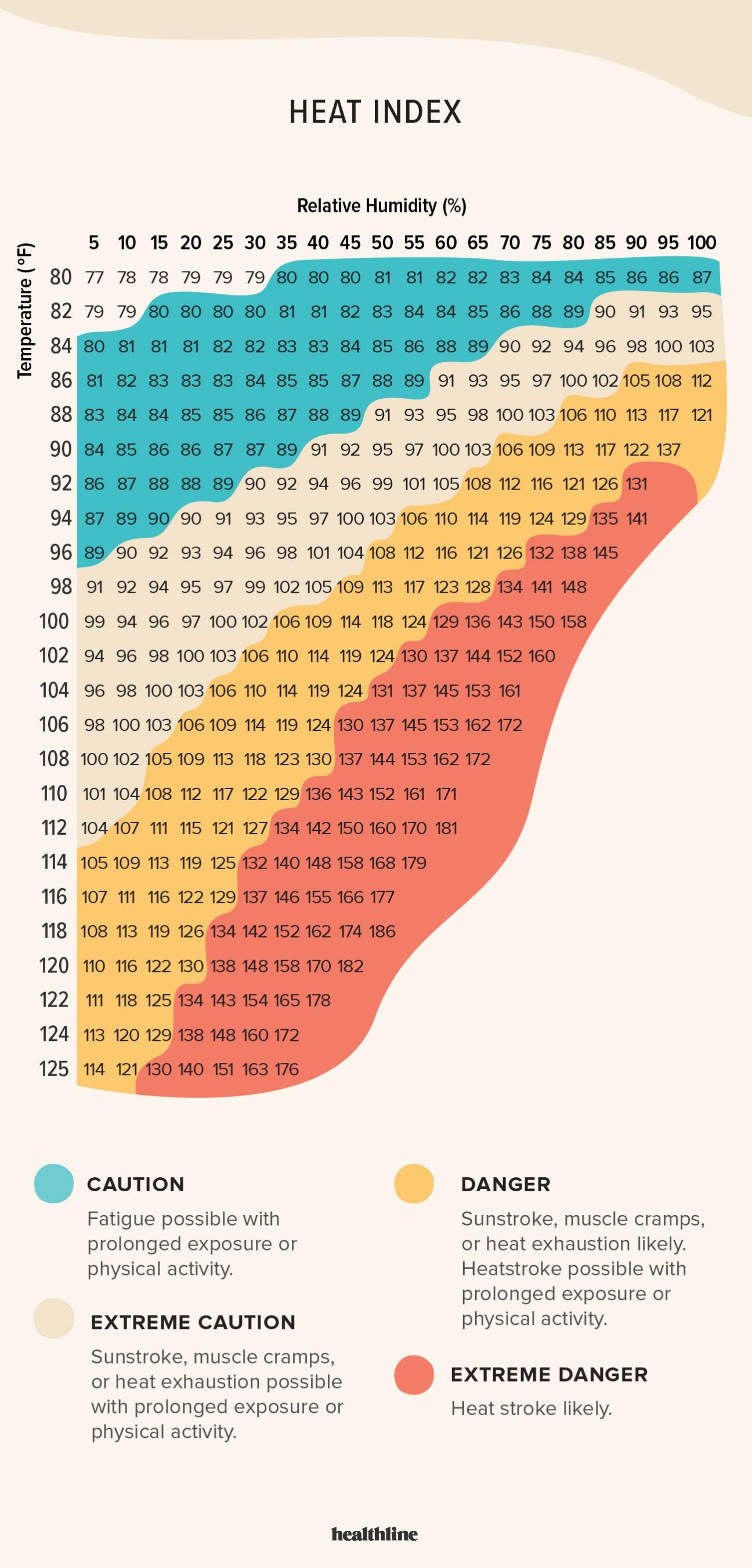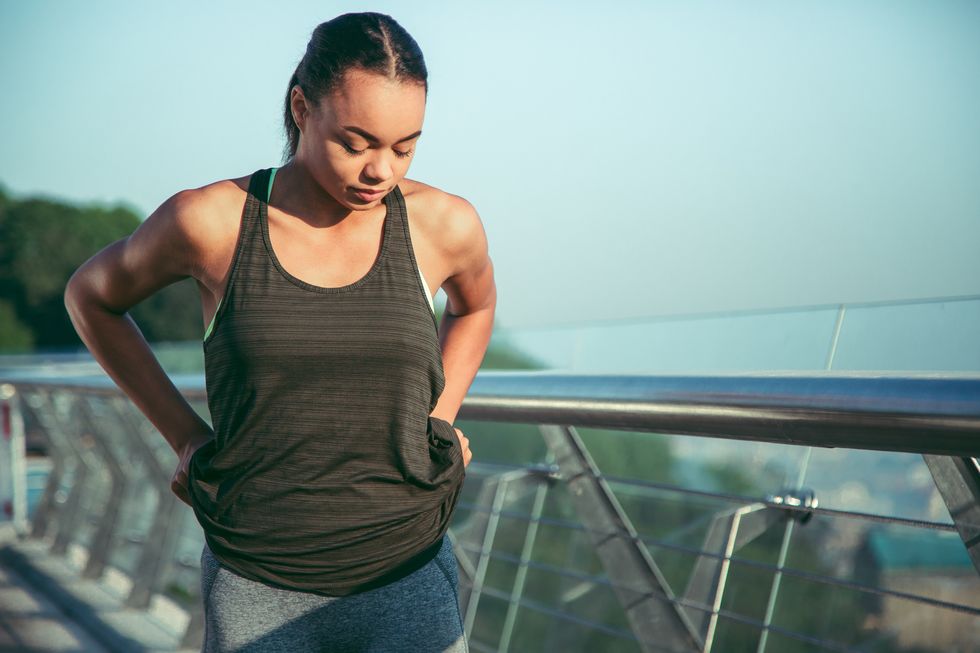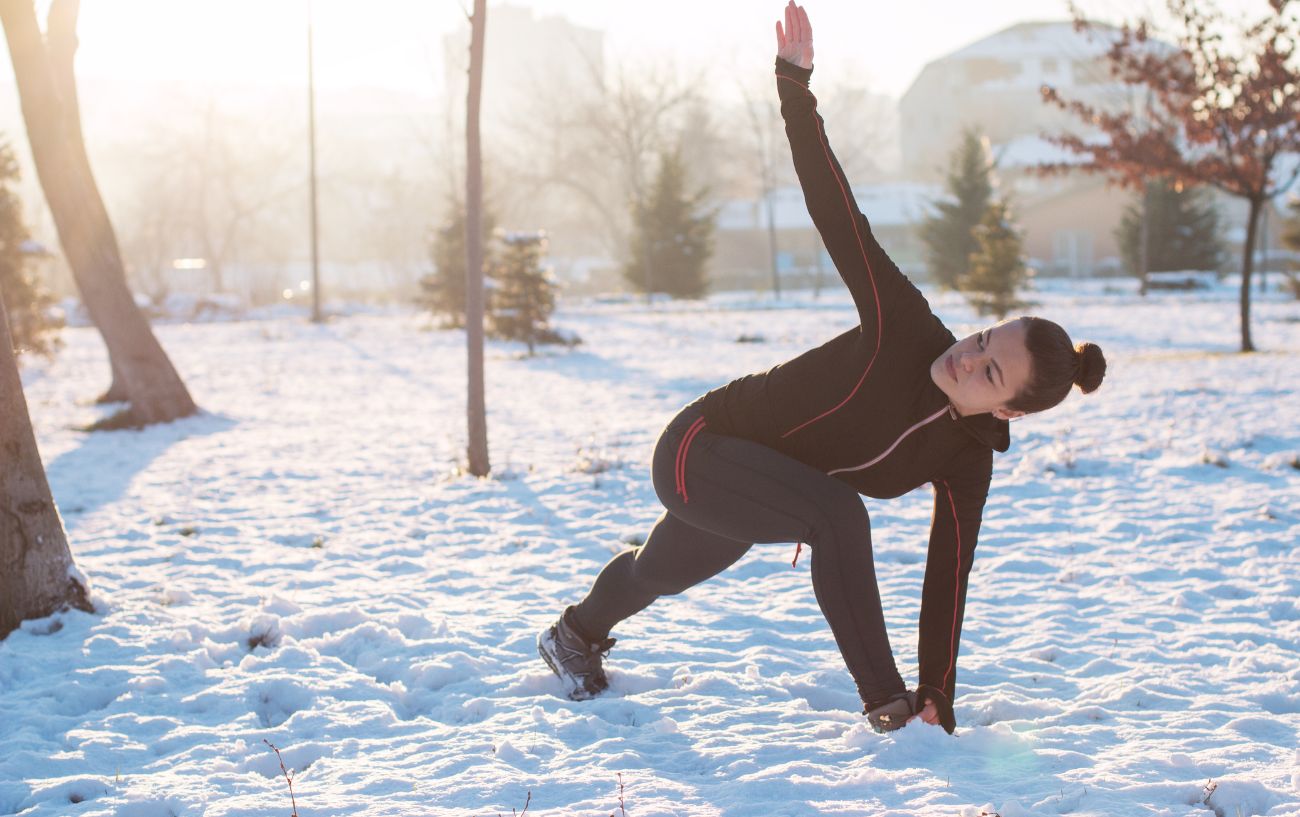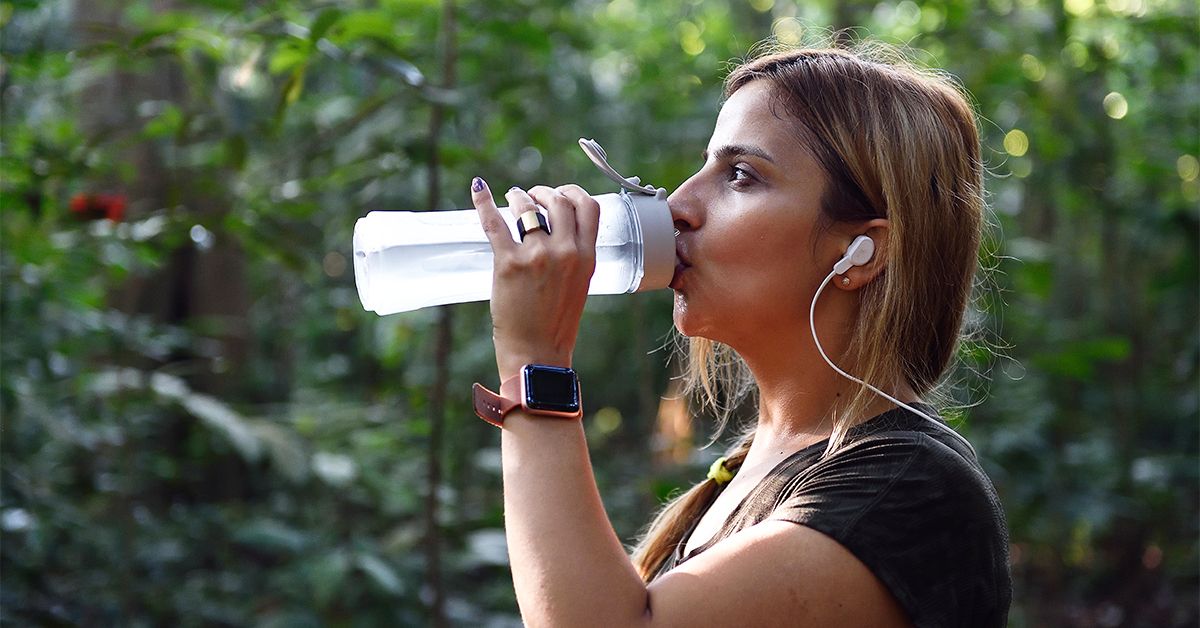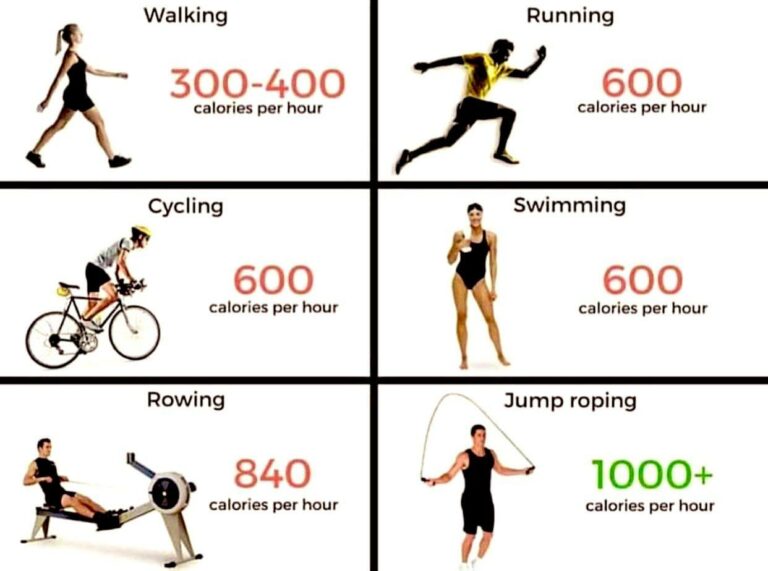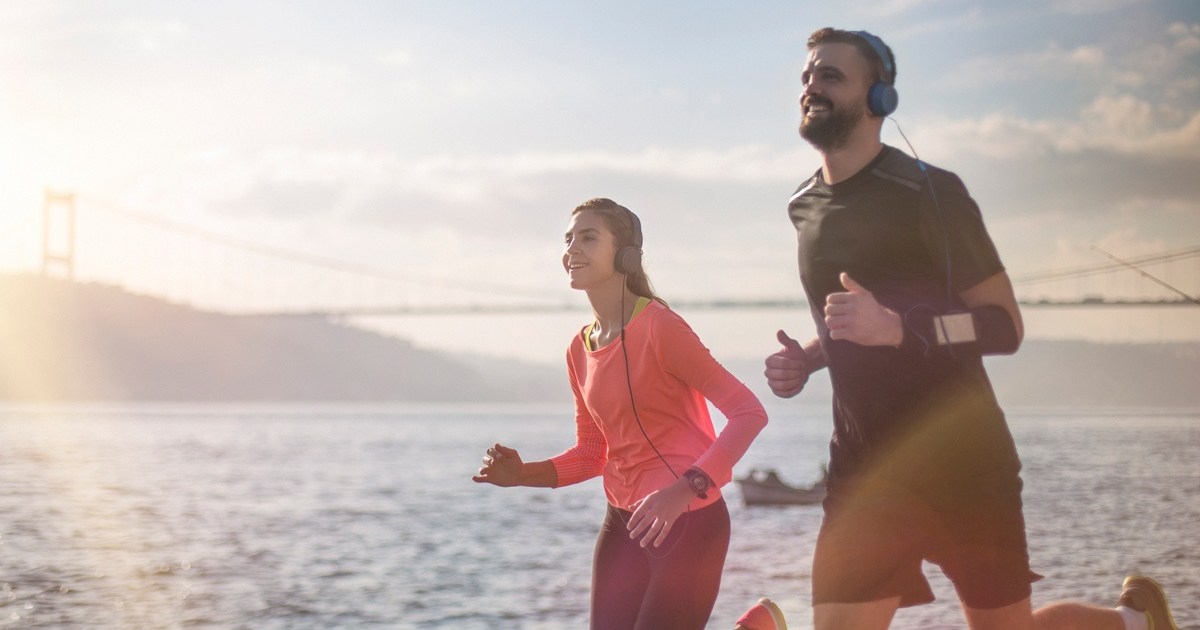Does Exercising In The Heat Burn More Calories
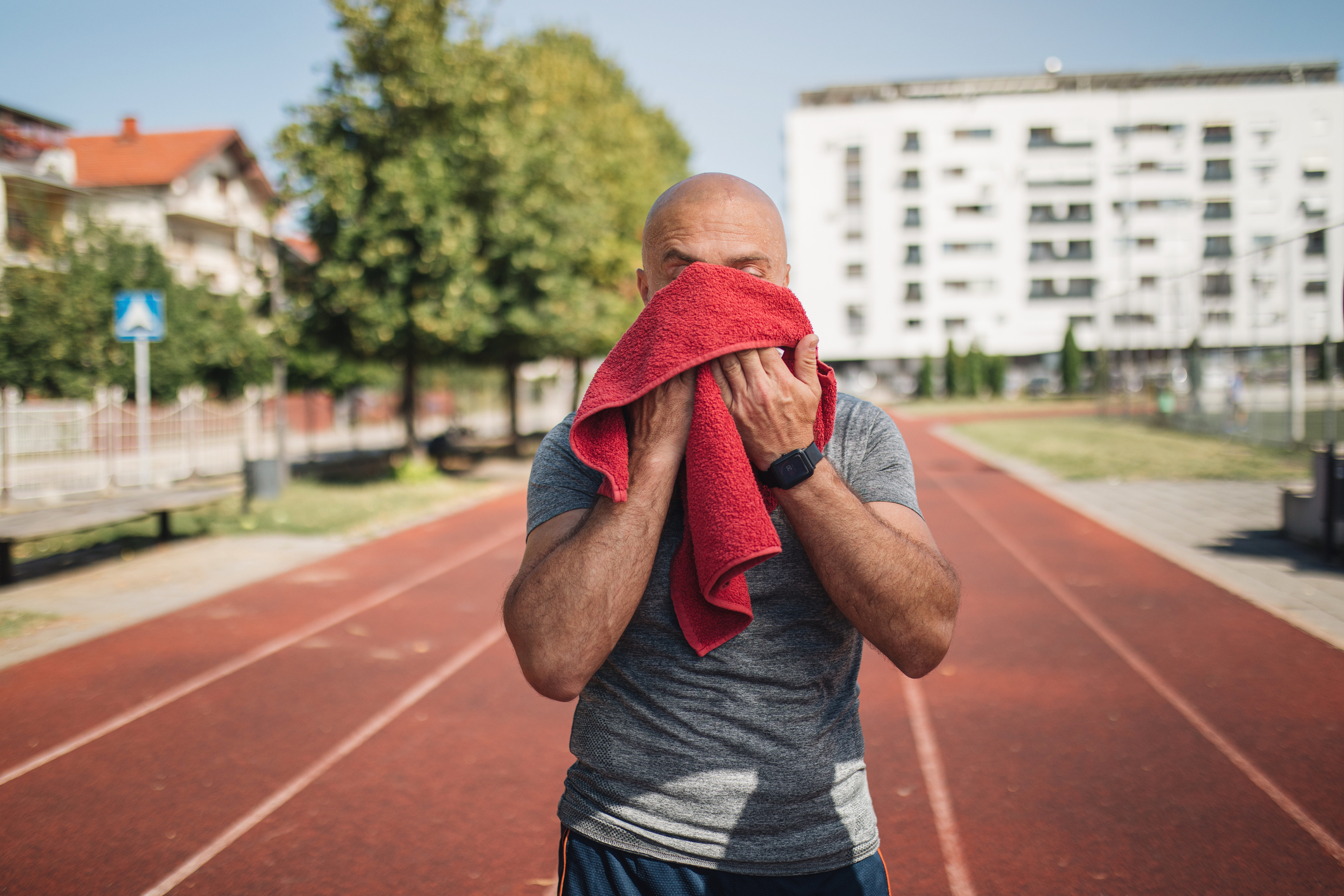
Sweating it out in the summer heat might seem like a shortcut to weight loss, but the science is more complex. Are you actually burning more calories when you exercise in hot weather, or is it just an illusion fueled by discomfort?
This article cuts through the hype, delivering a data-backed analysis of how heat impacts calorie expenditure during exercise. We’ll examine the facts, separating truth from fitness myths to help you optimize your workout strategy.
The Core Question: Calorie Burn and Heat
Does exercising in the heat automatically translate to burning more calories? The short answer is: it's not so straightforward.
While your body does work harder to regulate its temperature in the heat, this doesn't always lead to a significant increase in calorie expenditure. The increase is often minimal and can be offset by decreased performance.
How Your Body Responds to Heat During Exercise
When you exercise, your body temperature rises. In hot environments, this rise is amplified. Your body attempts to cool down primarily through sweating.
This process requires energy, but it's not the main driver of calorie burn during exercise. The primary energy expenditure comes from the muscle activity required for your chosen exercise.
According to a study published in the Journal of Applied Physiology, the metabolic rate of endurance athletes changed in warm conditions. However, this change was more pronounced when hydration levels were not maintained.
Data & Details: What the Research Shows
Research suggests that the increase in calorie burn due to heat stress is often less than expected. The amount of additional calories burned can vary depending on factors like humidity, individual fitness level, and the intensity of the exercise.
A 2018 study by Dr. Stacy Sims, a leading expert in female physiology and performance, found that the heat can impair performance by reducing power output and increasing perceived exertion.
When performance suffers, you might not be able to sustain the same intensity or duration of exercise, ultimately negating any potential calorie-burning benefits from the heat.
The Risks of Exercising in the Heat
Exercising in the heat poses significant risks, including dehydration, heat exhaustion, and heat stroke. These conditions can be dangerous and even life-threatening.
Symptoms of heat exhaustion include heavy sweating, weakness, dizziness, headache, nausea, and vomiting. Heat stroke, a more severe condition, is characterized by a high body temperature (104°F or higher), confusion, seizures, and loss of consciousness.
Staying hydrated is crucial, as dehydration significantly reduces your performance and raises your core temperature faster.
Practical Implications: How to Exercise Safely in the Heat
If you choose to exercise in the heat, take precautions. Hydrate adequately before, during, and after your workout.
Wear light-colored, loose-fitting clothing to promote evaporation. Choose cooler times of the day, such as early morning or late evening.
Listen to your body and stop if you feel dizzy, nauseous, or weak. Consider adjusting your workout intensity and duration based on the weather conditions.
Who is Affected: Key Groups to Consider
Certain groups are more vulnerable to the effects of heat during exercise. These include older adults, children, and individuals with chronic health conditions like heart disease or diabetes.
Athletes, especially those training for endurance events, also need to be particularly cautious. They are exposed to longer duration and higher intensity in heat conditions.
Pregnant women should consult with their healthcare providers before exercising in the heat, as they are also at higher risk of overheating.
What Happens Next: Ongoing Research
Research is ongoing to better understand the complex interplay between heat, exercise, and calorie expenditure. Scientists are exploring the use of wearable sensors to monitor core body temperature and hydration levels in real-time.
This technology could provide personalized guidance on how to adjust exercise intensity and hydration strategies in response to heat stress. Future studies will focus on developing more effective cooling strategies and optimizing training protocols for hot environments.
Conclusion: Prioritize Safety and Performance
While exercising in the heat might slightly increase calorie burn, the benefits are often outweighed by the risks. Focus on maintaining safe hydration levels and sustainable performance instead of simply pursuing the allure of an increased calorie burn.
The most effective approach is to prioritize exercise that you can maintain consistently, regardless of the weather. Consult with a certified fitness professional for personalized advice on how to optimize your workout routine.
